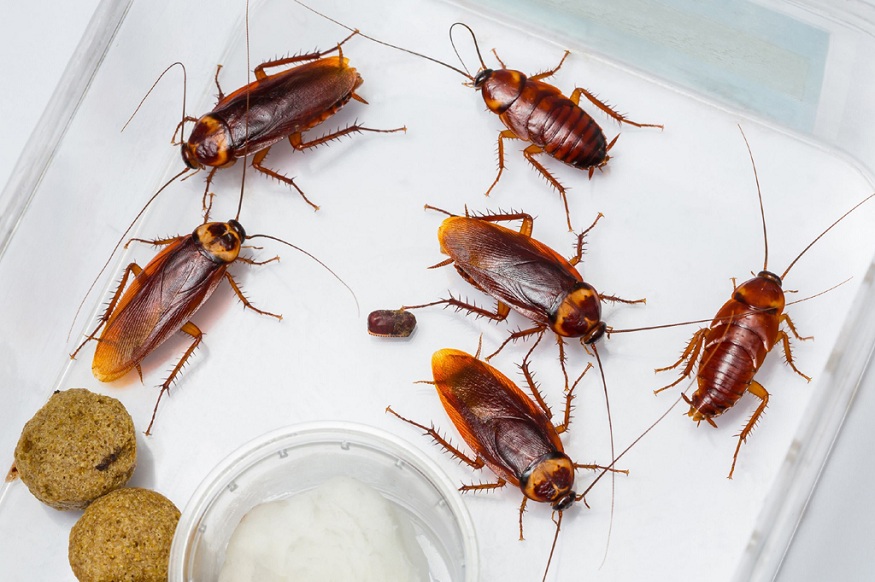You can see why foundation moisture issues are no surprise in Tumwater, given its proximity to the Deschutes River and its average annual rainfall of 50 inches. Water gathering around the base of your home not only risks hugging the foundation line but also provides subterranean termites with a meal.
Thanks to our damp climate and wood-frame construction, homes in Western Washington are particularly prone to infestations that can cost thousands of dollars to repair before you even see a single bug. Many of Tumwater’s older neighbourhoods, where houses were built during the 1960s and 70s, lack the moisture barrier foundation seen in many contemporary builds.
If you have noticed dampness, standing water, or soft soil on or around your foundation, an expert inspection from pointepest.com can prevent termite damage from becoming an expensive nightmare.
Why Termites Thrive Near Wet Foundations
Shallow termites require wood, moisture, and a warm temperature range to stay alive. Tumwater provides all three in spades. These bugs are incapable of surviving in dry environments; they literally desiccate and perish without enough humidity. Wet soil and soaked wood are termite heaven when moisture is added to the brick foundation. High moisture levels soften wood fibers, making them easier to chew through.
More worryingly, water around foundations is often overlooked until visible damage becomes apparent. A single colony can house hundreds of thousands of termites that work 24/7. Once they set up shop next to a good water source, the perimeter of your house.
How Foundation Design and Landscaping Affect Risk
1.Drainage Problems That Create Termite Highways
Bad grading is one of the top offenders here in Tumwater. Every time it rains, water flows straight to the bottom of your home every time it rains. This is called a negative-sloping yard: when your yard slopes toward the foundation, not away from it. Termites search for entry points in soil saturated by gutter and downspout water that drains next to foundations. Termites alone cause more than $5 billion in property damage in the U.S. every year, according to the National Pest Management Association, and moisture is the primary contributing factor.
2. Landscaping Choices That Backfire
Dense shrubs planted close to your foundation trap moisture against the house and block airflow. Termites need food and moisture to survive, getting both from mulch beds up against siding. While decorative rock barriers look nice, when water gets trapped behind them, you have created a concealed termite feeding site that is more difficult to inspect and treat.
The Warning Signs Homeowners Should Never Ignore
- Squiggly lines that go vertically up foundation walls – Also pencil-thin, these tubes shield termites from the elements as they travel from the ground to wood
- Soft wood or hollow-sounding areas right near the foundation – give baseboards and floor joists a tap with a screwdriver handle
- Waterlogged soil or soil that never dries out surrounding your home
- Water stain-like patches of peeling paint on the foundation section or the bottom walls
- Swarm season for these insects is in the spring, and discarded wings can often be found next to windows or doors
- Moisture stains are visible on the interior walls next to the floor level
- Warping or buckling of flooring in rooms next to outside walls
When Professional Termite Prevention Becomes Essential
Even if a moisture problem occurs around your foundation, it may never lead to termite infestation, but once a colony is established, DIY solutions are rarely practical. If you see any signs of an active infestation or persistent moisture problems that you cannot resolve yourself, then professional intervention becomes necessary.
Companies such as Pointe Pest Control perform detailed inspections that can detect termites instantly and identify conditions that could lead to termite infestations in the future. They know the unique issues local to Tumwater, from the seasonal flooding around Capitol Lake to the deep, clay soils in south Tumwater that hold water

